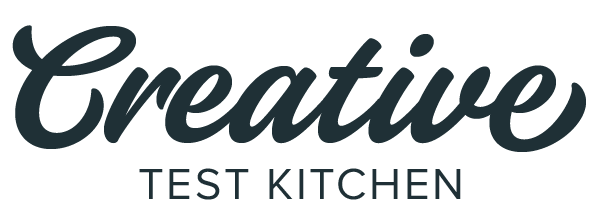Can Regression Analysis Help Your Landing Page Optimization?
Your optimization test is over. What do you do with the results? If you saw an improvement, you’ll likely update your page. Perhaps you’ll start another test. And if you’re looking to improve your landing page and testing programs long term, you’ll use the data in a regression analysis model.
To put it simply, regression analysis allows you to look at past results to predict future outcomes — and when you’re using precious time and resources for testing, these predictions can help you test smarter.
What is regression analysis?
If the name rings a bell, it’s because you studied regression analysis in statistics. Regression analysis focuses on two things: the dependent and independent variables. The dependent variable focuses around what you’d like to predict. The independent variable or variables are details that may or may not impact the dependent variable.
Let’s imagine you’re having a bake sale. How many items should you bake? The dependent variable is products sold — you have data on products sold at past bake sales and would like to know how many to bake for this sale. Independent variables include things like the location of your table at each of those sales, if you had signs on the table, and what time of day you were open. Analyzing past results can predict how future events with different variables will perform.
What are the variables for landing page optimization?
In the world of landing page optimization, the dependent variable is conversion. Since there are a plethora of possible independent variables, try narrowing it down to one topic you have extensively tested, such as...
Headline copy
Hero image
Page colors
Button text
CTA location
Promotions/offers
Form layout
Content stacks
When deciding on your variables, remember you need specific yes or no questions. Let’s imagine you start with an analysis of your past headlines. You might inventory your past results based on these or similar categories.
Question headlines
Statement headlines
Seasonal headlines
Evergreen headlines
Problem-based headlines
Solution-based headlines
Headlines with an offer
Headlines without an offer
Once you know your independent variables, quantify past tests in a multiple linear regression calculator using your preferred spreadsheet software. Each test will likely qualify for multiple variables; as in, one past headline test may be a problem-based question. The more data you input the more confidence you can place in your predictions.
Hoping to get more technical? We’ll discuss creating your own regression calculator, analyzing results, and determining future tests in an upcoming post.




